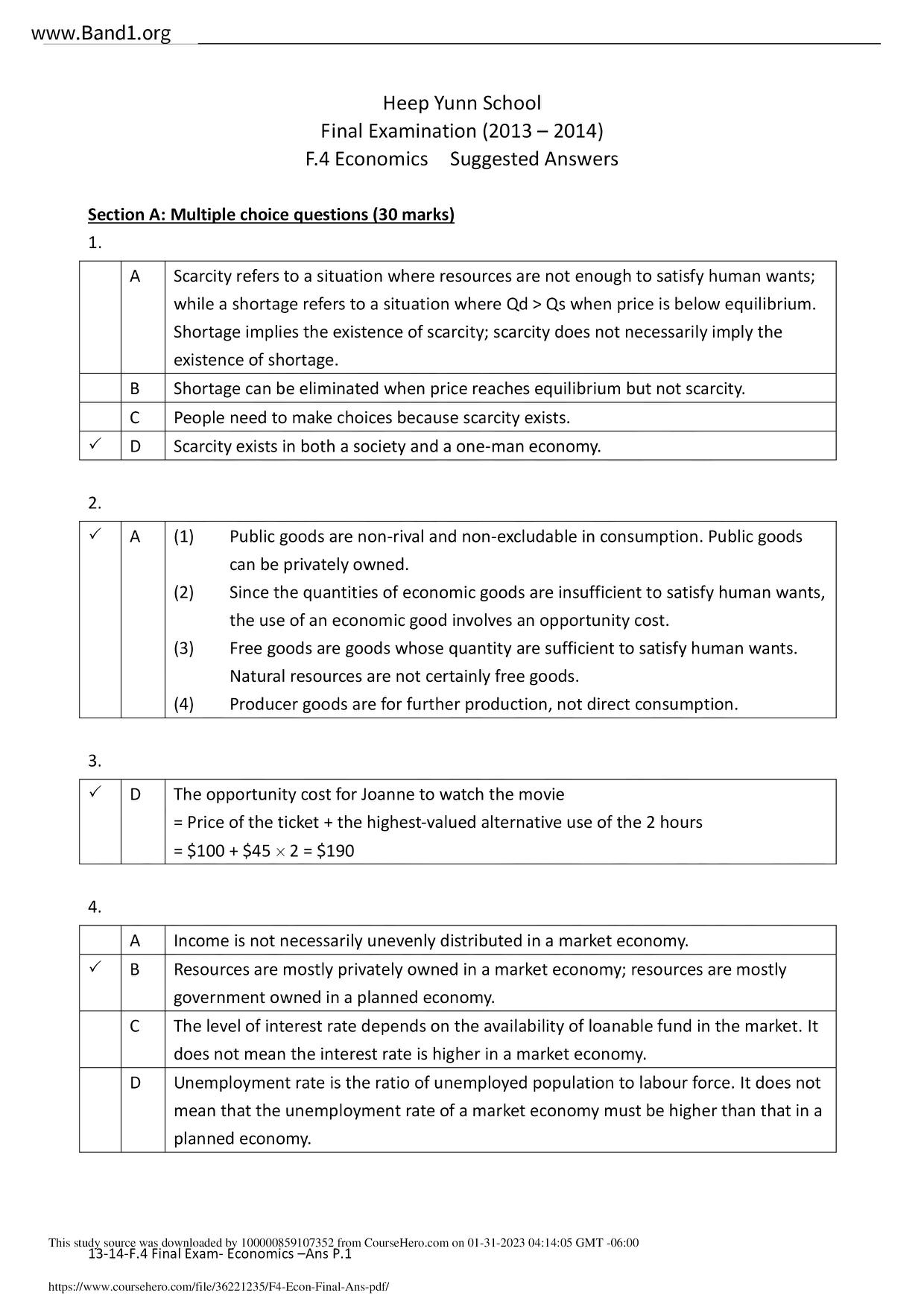香港中四經濟試卷
編號:
6666
地區:
香港 (HK)
學校:
協恩中學
(HEEP YUNN SCHOOL)
年級:
中四 (F4)
科目:
經濟 (Economics)
年份:
2013-2014
學期:
3
卷種:
考試
檔案格式:
pdf
頁數:
8
檔名:
F4_Econ_Final_Ans_
▼ 圖片只作預覽, 如欲下載整份卷, 請按「免費成為會員」 ▼
協恩中學 (名校卷)
 ▲ 圖片只作預覽, 如欲下載整份卷, 請按「免費成為會員」 ▲
▲ 圖片只作預覽, 如欲下載整份卷, 請按「免費成為會員」 ▲香港中四經濟試卷 PDF
下載試卷只限會員尊享